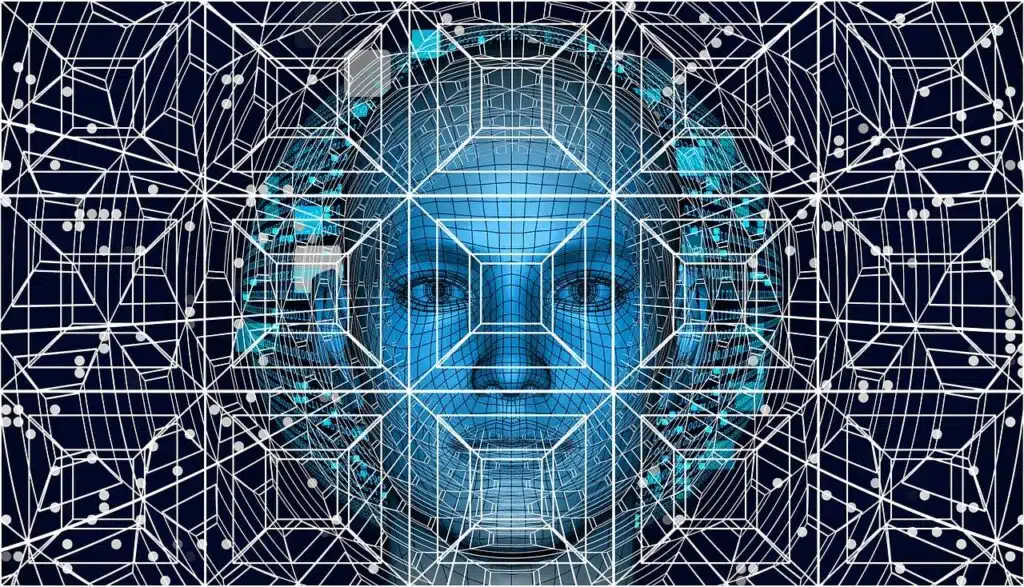
The Quest Beyond Earth
The search for extraterrestrial life has long captivated humanity’s imagination. From ancient civilizations gazing at the stars to modern scientists probing distant planets, the question remains: Are we alone in the universe? With advances in artificial intelligence (AI), our quest for alien life is entering an exciting new phase.
AI: A Game-Changer in Space Exploration
AI technology is transforming how we explore space. By analyzing vast amounts of data from telescopes and space missions, AI can detect patterns that human researchers might miss. This capability is crucial in identifying potential signs of alien life.
Advanced Data Analysis
Every day, telescopes capture terabytes of data from the cosmos. Sorting through this information manually is an impossible task. Machine learning algorithms, a subset of AI, can process this data efficiently. These algorithms can recognize unusual signals or anomalies that could indicate the presence of extraterrestrial life.

The Role of Machine Learning
Machine learning, a key aspect of AI, enables computers to learn from data and improve over time. In the context of the search for alien life, machine learning models can be trained to identify specific markers, such as unusual chemical compositions or unique radio signals.
Identifying Exoplanets
One of the most promising areas in the search for alien life is the discovery of exoplanets—planets outside our solar system. AI has significantly improved our ability to detect these distant worlds. By analyzing light patterns and other data from stars, AI can identify exoplanets with the potential to support life.
The Drake Equation Revisited
The Drake Equation estimates the number of active, communicative extraterrestrial civilizations in the Milky Way. While speculative, AI can refine the variables in this equation by providing more accurate data on star systems and planetary environments, bringing us closer to understanding the likelihood of extraterrestrial life.
AI and SETI
The Search for Extraterrestrial Intelligence (SETI) has been at the forefront of this quest. AI enhances SETI’s efforts by scanning radio signals for patterns that might indicate intelligent life. Advanced AI algorithms can differentiate between natural cosmic phenomena and potential artificial signals.
Exploring Mars with AI
Mars, our neighboring planet, has long been a focal point in the search for life. AI-powered rovers and landers are exploring the Martian surface, analyzing soil samples, and searching for microfossils or other evidence of past life.
The Europa Clipper Mission
Europa, one of Jupiter’s moons, is another intriguing target. Beneath its icy crust lies a vast ocean that might harbor life. The upcoming Europa Clipper mission will utilize AI to analyze data and guide the search for potential biosignatures.
Challenges and Ethical Considerations
While AI offers unprecedented capabilities, it also presents challenges. Ensuring the accuracy of AI interpretations and avoiding false positives is crucial. Additionally, ethical considerations around the use of AI in space exploration need to be addressed.
The Future of AI in Space
As AI technology continues to evolve, its role in the search for extraterrestrial life will only expand. Future missions will rely on AI to navigate, analyze, and even make autonomous decisions, pushing the boundaries of our knowledge.
Public Engagement and AI
Engaging the public in the search for extraterrestrial life is essential. AI can help by providing accessible data and interactive platforms, allowing citizen scientists to contribute to this exciting quest.
A Collaborative Effort
The search for extraterrestrial life is a global endeavor. Collaboration between space agencies, universities, and private companies is vital. AI acts as a bridge, facilitating the sharing of data and insights across borders.
A New Era in Space Exploration
We are on the brink of a new era in space exploration, driven by AI. The potential to discover extraterrestrial life, whether microbial or intelligent, has never been greater. With AI at our side, the cosmos is within our reach.
AI Revolutionizes Search for Extraterrestrial Life with Breakthroughs
The search for extraterrestrial life has reached new heights with the integration of artificial intelligence (AI), marking significant advancements and new initiatives in the field.
COSMIC Project’s Massive Survey
The COSMIC project, led by the SETI Institute, has embarked on one of the largest surveys for technological signals ever. By leveraging data from the Very Large Array Sky Survey (VLASS), COSMIC scans about 2,000 cosmic radio sources per hour. This project aims to quickly identify and follow up on potential extraterrestrial signals, a crucial improvement over past methods where signals often went unnoticed for months (Space.com).
SETI’s $200 Million Boost
The SETI Institute received a substantial $200 million donation from the estate of Franklin Antonio, co-founder of Qualcomm. This funding will support SETI’s mission to detect alien technologies, enhance the Allen Telescope Array, and consolidate various projects using machine learning and advanced signal detection technologies (Space.com).
AI’s Role in Mars Exploration
A new study by the University of Oxford demonstrates that AI can significantly enhance the search for life on Mars. AI models trained on Earth analogues, like the Pajonales basin, can predict biosignature locations with high accuracy. This reduces the area needed to be searched, making missions more efficient and focused (Oxford University).
Discovering New Signals
Researchers using AI at the MeerKAT telescope in South Africa have identified eight unusual signals. While these signals were not re-detected, AI’s ability to filter out Earth-based interference and pinpoint signal origins is a critical step forward. This capability improves our chances of identifying genuine technosignatures in the future (Phys.org).
The Journey Ahead
AI continues to be a game-changer in the search for extraterrestrial life, from enhancing data analysis to guiding exploratory missions on Mars and beyond. However, challenges such as avoiding false positives and ensuring the accuracy of AI interpretations remain. As AI technology evolves, its application in space exploration promises to bring us closer to answering the profound question of whether we are alone in the universe. The stars are calling, and with AI, we are ready to answer.
Additional Resources
For further reading on AI and the search for extraterrestrial life, explore these links:
- NASA’s AI in Space Exploration
- SETI Institute: AI in the Search for Extraterrestrial Intelligence
- The Drake Equation and AI
- Mars Exploration with AI
- Europa Clipper Mission
Embark on this exciting journey and join the quest to find life beyond Earth!





